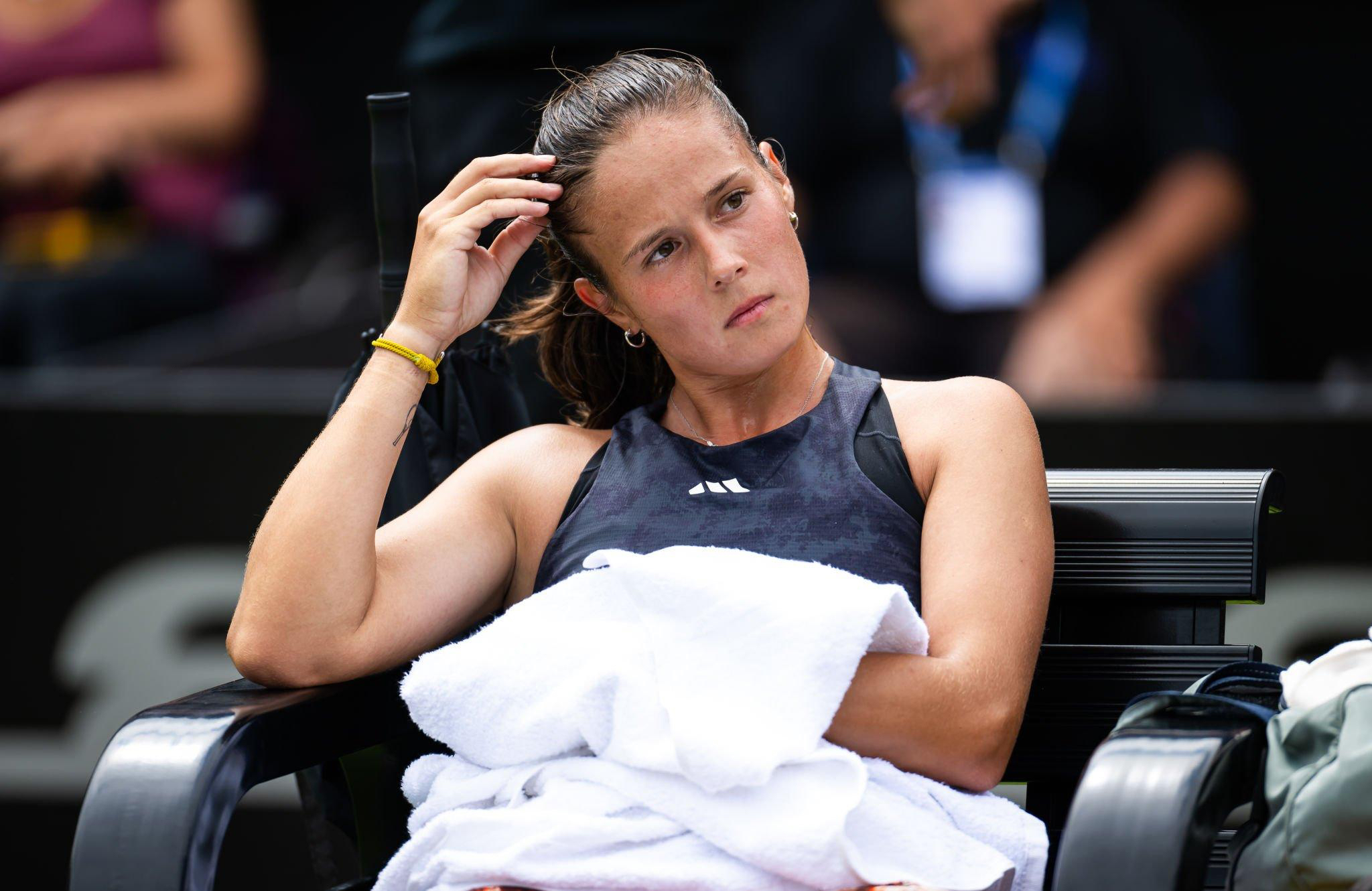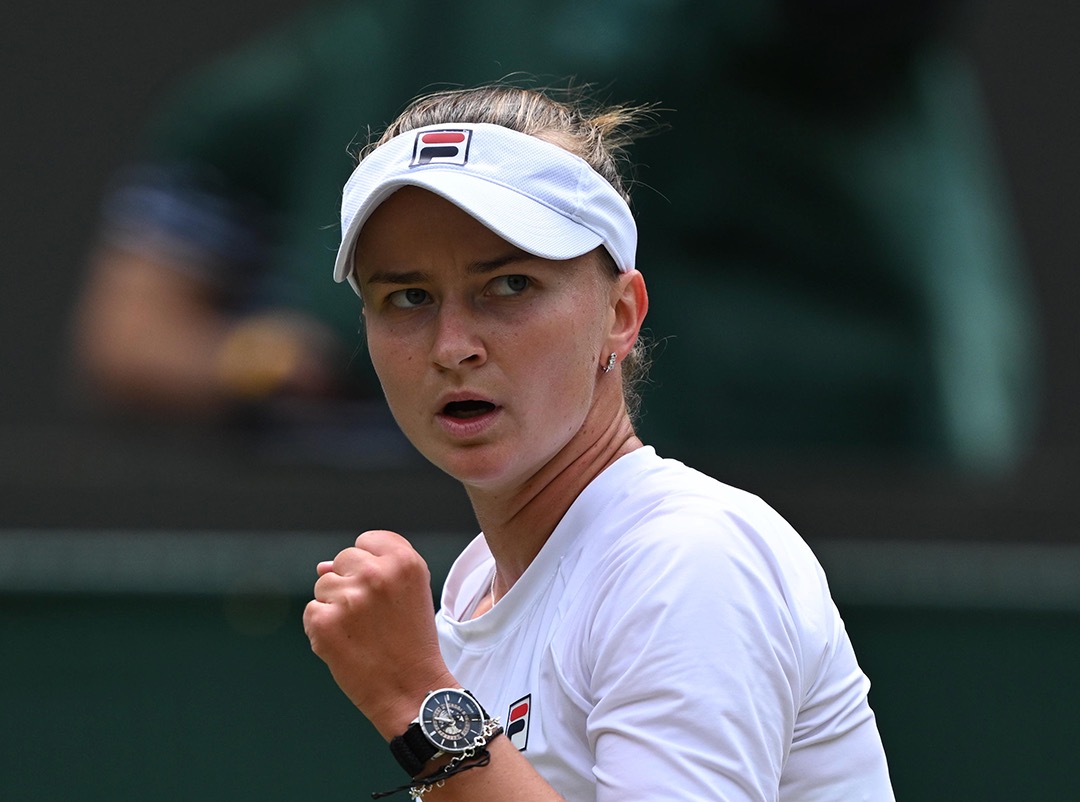WTA
Daria Kasatkina Speaks Out On WTA Rule Limiting Top Ten Players From Playing Smaller Tournaments
Daria Kasatkina spoke about WTA’s new rule change that limits top ten players from playing the smaller tournaments.

Latest news
World No.634 Laura Samson Reaches First WTA Quarter-Final At 16
Latest news
Krejcikova Comes Alive With Her Serve To Win 12th Grand Slam Title At Wimbledon
WTA
Wimbledon Finalist Jasmine Paolini – ‘I’m A Little Bit Scared To Dream Too Much’
-

 Hot Topics3 days ago
Hot Topics3 days agoNo Olympic Village Stay For Novak Djokovic In Paris, Says Delegation
-

 Latest news3 days ago
Latest news3 days agoWorld No.634 Laura Samson Reaches First WTA Quarter-Final At 16
-

 Hot Topics2 days ago
Hot Topics2 days ago(VIDEO) What Is Wrong With Jannik Sinner?
-

 Hot Topics3 days ago
Hot Topics3 days agoFive Talking Points Ahead Of The 2024 Olympic Men’s Tennis Tournament
-

 Focus2 days ago
Focus2 days agoJannik Sinner Withdraws From Olympics Due To Tonsillitis
-

 Focus2 days ago
Focus2 days agoMatteo Berrettini battles past Alejandro Tabilo to reach the quarter final in Kitzbuehl
-

 Focus3 days ago
Focus3 days agoCoco Gauff ‘Proud’ Of Being Named Olympic Flagbearer alongside Lebron James
-

 Hot Topics2 days ago
Hot Topics2 days agoAndy Murray At Peace With Retirement Decision Ahead Of Olympic Farewell






























